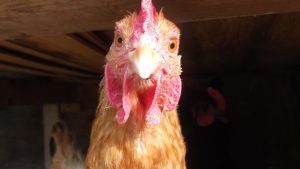How To Preserve Eggs
If you followed the tips on our earlier post to boost egg production and now your cartons are overflowing, here’s quick way to preserve some of those eggs for later.
- Begin by deciding how many eggs you consider a “serving.” How many eggs do you typically eat at a time? How many eggs are in your favorite cake recipe?
- Crack as many eggs as you need for your “serving” into a bowl.
- Add just a small pinch of salt and whisk eggs. The salt will help with preservation. You may also want to add pepper or other seasonings if you are going to be using your eggs to scramble for breakfast.
- Empty eggs into freezer safe bags such as these Ziploc Freezer Quart Bags.
- Seal tightly and label to tell how many eggs are in the bag and the date.
- Lay freezer bag flat and freeze.
It’s as simple as that! I would recommend that you use the eggs within about 2 months to ensure they still taste their best but they will keep longer if needed.
This is also a good idea to do before an outing, such as a camping trip, when you’ll want your fresh eggs without worrying about breaking them during transportation. The frozen eggs act sort of like an ice pack when placed in a cooler and it’s much easier than juggling a carton full of eggs.
And don’t stop there! Get creative!
Do you like omelets? Try adding in some diced ham or shredded cheese for a ready to go breakfast. All these things freeze well for a short period of time and will thaw overnight in the fridge. Enjoy!






